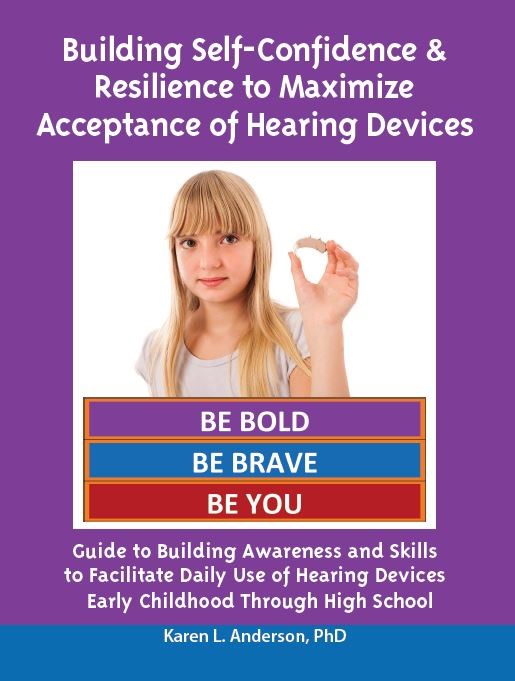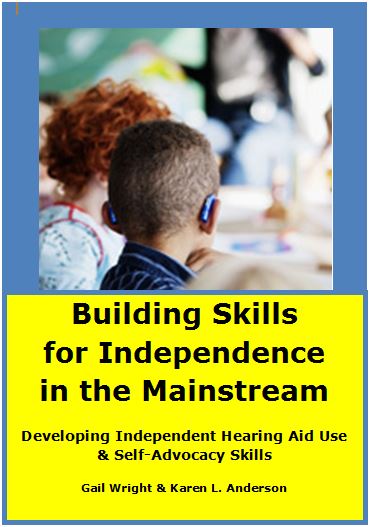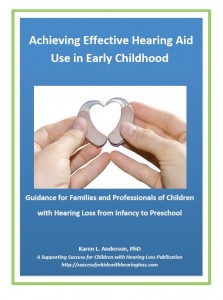Description
Guide to Building Awareness and Skills to Facilitate Daily Use of Hearing Devices Early Childhood Through High School
About ¼ of students with hearing loss eventually resist or refuse to use hearing technology necessary for their educational access, often because they feel as though they do not fit in to their peer group. The purpose of this guide is to raise awareness for the reasons why hearing device rejection happens and specific instruction to occur at different ages to build student resilience and self-confidence, thereby increasing the likelihood that they will not reject using their hearing technology. Specific teaching activities and recommendations for instructional materials to develop identified skills have been included in this Guide.
Chapters are age-related. Each includes information about why children appear to resist hearing devices, specific instruction that can improve self-confidence and a student’s resilience to feelings of not fitting in to their mainstream education peer group. Examples of instructional materials are included in each chapter. The Guide is a practical and readable 76 pages.

Table of Contents
Introduction
- What do we know about students rejecting hearing aids?
Chapter 1 – Early Attachment
The foundation for developing self-confidence: Birth to age 3
- Bonding and identification, initiation of amplification and early intervention
- Autonomy and supporting independence in putting on hearing devices
- Teaching Materials
Chapter 2 – Metacognitive Awareness
Developing beyond ‘I don’t know what I didn’t hear because I didn’t hear it’: Age 4-6 years
- Developing a sense of judgment based on interactions with peers
- Students recognizing that they have a Hearing Loss
- Understanding and communicating feelings
- Necessity of teaching ‘How to Listen’ Skills
- Remembering what was heard; Subvocalizing skills
- Getting along; Being a friend
- Response to teasing
- Teaching Materials
Chapter 3 – Building Resilience
Responding to adversity/challenges positively: Age 7-11 years
- Building Resilience/Perseverance
- Building Confidence; Use of Chunking
- Teaching Materials
Chapter 4 – Reconciling Feelings of Fitting In:
Finding balance, accepting self: Tweens and Teens
- Later Elementary: Building a Positive Outlook
- Secondary: Developing a sense of how they integrate into their group/society
- The FM/DM “Crutch” Viewpoint
- Social isolation
- Importance of role models
- Teaching Materials
Key Points for Administrators and School Staff







